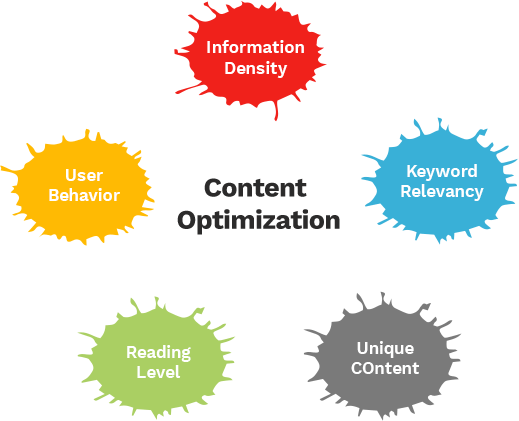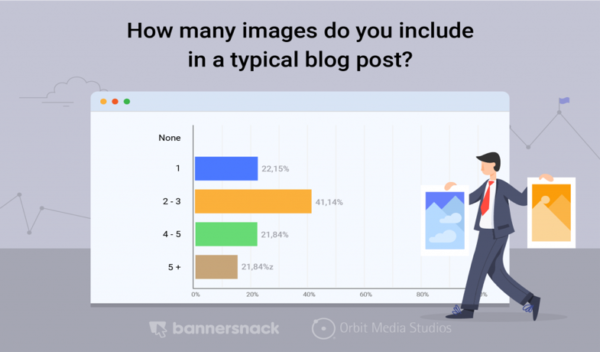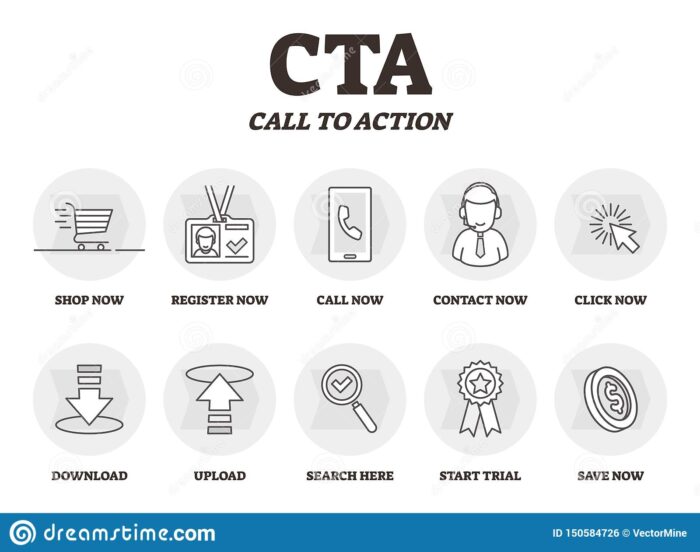
There’s no SEO without content. It’s a fact as 74% of marketers say that content marketing helps them increase both the quantity and quality of inbound leads. A major component of SEO is content marketing which is all about crafting and distributing relevant content. However, while creating content it’s equally important to optimize the content. Without content optimization, the content can struggle to find a spot on the SERPs.
This blog will help you discover ways how to optimize content for better rankings and traffic. With this guide, you should witness some potent lead generation with your content if you diligently follow the measures mentioned in this blog.

Content optimization is when your content is structured in a way that can help you achieve your intended goal. If your goal is to increase leads, and if your content is attracting leads, then your content is optimized. Here’s another one: if your goal is to increase sales with content, your content is allowing you to do so. To achieve your goal with your content indicates that your content is optimized.
To be more specific, any content that’s written for the user and helps them can be considered optimized. Certainly, there are some content optimization measures that you can practice, in general, which you’ll see in this blog. Also, another parameter is that your content should abide by a search engine’s quality content guidelines. Every search engine has its criteria to consider content as optimized or SEO optimized. Once content follows those measures, it can be considered high quality.
Therefore, content optimization involves creating content that follows search engine guidelines as well as answers user intent.
Also, Check – Heading Tags – How To Use H1 Tags To Improve Your SEO Rankings?
Content optimization can help any business immensely as, in digital marketing, content plays a pivotal role. Optimized content can help a business in the following ways:
Hence, optimizing its content can help a business immensely. It’s a holistic business plan that can benefit a business largely. Creating and sharing valuable content helps a business establish more trust with its consumers.
Keep in mind that content has a purpose. If it’s not fulfilling the purpose intended, it’s safe to say that the content is not optimized. This could happen if you’re not optimizing for the right keywords, the right audience, etc. If you’re pitching your content to the wrong audience or are writing content without keeping the end user in mind, your content won’t be showing any signs of success. So, make sure to write content for a targeted audience.
With an optimized content approach, you can likely see numerous benefits as it can transform your business for good.
Also, Read – Latest Forecasts You Should Work On
There are some certain practices you should keep in mind while optimizing content. Some of the practices are discussed below:

Ensure to choose the right keyword for your content piece. Focus on related keywords and questions before deciding on a keyword. Topics are more widespread and revolve around a keyword. On the other hand, keywords are specific search terms people type in the search bar.
Always keep the target user’s search intent in mind. Accordingly, do keyword research and finalize a topic. With topic clusters and keywords, a content strategy gets largely determined and with the right planning and strategy, your content can certainly render positive results. You can use tools such as Google Keyword Planner, SEMrush, Ahrefs Keyword Explorer, and more to get started with keyword planning. A tool like Answer The Public can help you with finding relevant topics around a keyword. With a balance of less competition and more traffic, relevant keywords and topics can be chosen.
When the keywords and topics are decided, your next step should be to organize the information and present the data in a meaningful structure. The structure decides the flow of the content. Moreover, your heading tags are part of your content structure and should be used wisely as headings are a vital on-page component.
With content structure, the information that you’re presenting becomes more precise and hence enhances the readability of the content. With content that’s more understood, it gets shared more and that brings the further benefits that you expect from the content. Moreover, well-structured content is also easy for the search bots to navigate. With ease for the bots to crawl the content, its chances of ranking higher increase.
Hence, the content structure should not be ignored as optimized content has an understandable structure and flow.
With each piece of content that you write, you should cover the topic in depth. The more in depth the content, the better is its value.
Think about it, the more questions your content answers, the lengthier your content becomes. Hence, writing more on a specific topic allows search engines to see value in your content. The more user queries you answer, the more the content appears in the search results. On average, a Google top 10 result contains an average of 2100-2400 words as per a study conducted by HubSpot. Therefore, to make your content of any use, writing deeply on topics is important.
The important thing, however, is to stay on topic. All the words that you present should be of value. Also, keep in mind that your keyword density stays within the limit. Ideally, a keyword should appear once in every 150 words.
With ideal coverage on a topic, search engines and users can find value, which certainly makes it high quality content that’s more likely to get more shared and attract useful leads.
Keyword cannibalization occurs when different pages or URLs on the website have the same keyword. Your rankings and traffic can suffer as search engines think that your content is competing amongst itself.
Each page on the website should target a single keyword or query that it’s resolving. Hence, every single page on the website should present unique information that doesn’t get in competition with a previous page or a blog.

Any content should include some visuals to make it visually more appealing or to enhance the user experience. With more visuals, a reader stays on the page for long and pays attention to what’s written on the blog.
According to the SEMrush content marketing survey, blogs with seven or more images receive 116% more organic traffic. Hence, ensure to include images, infographics, GIFs, videos, and more interactive content to make your written content interesting.
Also, don’t forget to make your writing interesting along with the visuals. Yes, do inform the user but your writing shouldn’t be dull. Hence, one potent way of increasing user engagement is by adding more relevant visuals to your content.
Content should be high quality, but what exactly does it mean? Well, content on the web should take care of certain aspects:
To keep a hold on your rankings, you need to consistently update and review your published content. Your competitors will always try and take your ranking spots. So to maintain, or better your rankings, you must update your content frequently so as to keep it updated.
Pick an old blog that’s performing well, or a blog that you think has the potential to rank better. You don’t have to update every blog just your performing bits should do. A content audit should be performed twice every year and you should update content from time to time. The idea is to provide the latest information to the reader. Hence, make sure that your articles or web content are up-to-date and provide the latest information to the readers.

Your CTA’s are crucial and you just can’t ignore them. CTA or call to action allows a user to take an action after or while reading your content. If they are convinced with your writing or business model, they might complete an action stated within the content.
Ensure that you include a CTA that’s well designed, and keeps your business goals in mind. Moreover, the CTA should be well placed. Understand where your readers are and then position a CTA. To cite an example, a user might not be interested in a sale or purchase CTA if they are a new lead. They might require some nurturing before you pitch them to buy. Instead, you can share more knowledge content with such leads to convincing them of the work that you do. This way you can later introduce them to purchase when it’s time.
Make sure to grab your user’s attention and design an attractive CTA. A dull CTA won’t lead to any conversions. Ensure to use words in your CTA that influence the reader.
It’s always a great idea to include industry experts’ quotes and insights within your content. Therefore, use your content as a way to build industry connections. Once you do get an industry connection on board, nurture those relationships that you develop.
Including industry quotes within content automatically works as a backlink. So, even you can feature on some industry writer’s guest blog and share your expertise on their platform. This way you can divert traffic from their blog. Hence, the role of content extends way beyond traffic, and leads and can be used to build industry relations.
When the content is loaded with industry expertise and insights, it automatically enhances the quality of the content. Any search engine loves to present content to the searchers that include industry level insights and quotes, making it valuable in the eyes of the reader and the search engines.
Any well optimized content includes meaningful links. A website is linked together content to content with the help of links. Content should include links that make it easy for the search bots to crawl and access your website pages conveniently. Links also pass authority from the blog posts to the main pages.
Alongside search engines, it also becomes easy for humans to navigate the website, thus boosting engagement and user experience. Hence, links should provide genuine sources to the reader that can provide more data and value to the reader. Don’t just stuff links for the sake of it. A website structure relies on linking, and hence content linking should be appropriately performed.
By wisely implementing the measures that are stated in this blog, you can optimize your content which has a higher chance of ranking well and gaining more organic traffic. With proper content optimization, you can see various benefits that extend way beyond traffic and page rankings. Hence, content optimization is a profitable effort that can help a business advance.